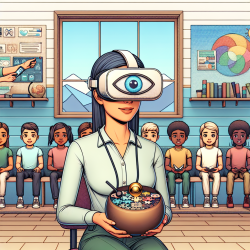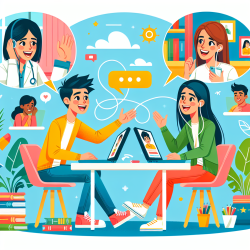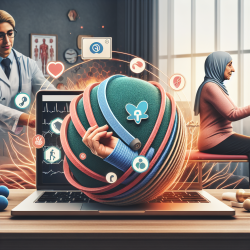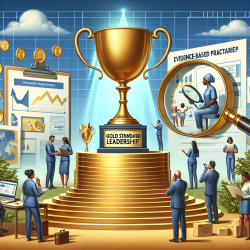Introduction
The "Listening Into 2030 Workshop: An Experiment in Envisioning the Future of Hearing and Communication Science" represents a significant stride in the exploration of future-focused ideation within the field of hearing and communication science. This blog aims to distill the key insights from this research, providing practitioners with actionable strategies to enhance their practice and encouraging further exploration into these emerging themes.
Key Themes and Practical Applications
The workshop identified nine principal research themes, each offering unique opportunities for practitioners to enhance their services and improve outcomes for children. Here, we delve into a few of these themes and their practical implications:
1. Measuring Brain Activity and Physiological Parameters
This theme emphasizes the importance of accurately assessing cognitive and physiological status to enhance communication. Practitioners can leverage advancements in EEG and other biometric technologies to tailor therapy approaches based on real-time data, improving the personalization and effectiveness of interventions.
2. Display of Auditory and Multimodal Information
Understanding how to deliver information in a non-distracting manner is crucial. Practitioners can explore integrating multimodal feedback into therapy sessions, utilizing visual and auditory cues to enhance engagement and comprehension in children with diverse needs.
3. Analyzing the Auditory Scene
By mimicking human capabilities to organize sound environments, practitioners can develop more effective auditory training programs. This involves using technology to accentuate relevant sounds and minimize background noise, aiding children in focusing on important auditory cues.
Encouraging Further Research
The workshop highlights the necessity of continuous research to address the evolving challenges in hearing and communication science. Practitioners are encouraged to engage with the latest research, collaborate with interdisciplinary teams, and contribute to the development of innovative solutions that address real-world problems.
Conclusion
The "Listening Into 2030 Workshop" provides a forward-looking perspective on the future of hearing and communication science. By integrating the insights from this research into practice, practitioners can enhance their skills, improve therapy outcomes, and contribute to the broader discourse on advancing human communication.
To read the original research paper, please follow this link: Listening Into 2030 Workshop: An Experiment in Envisioning the Future of Hearing and Communication Science.










